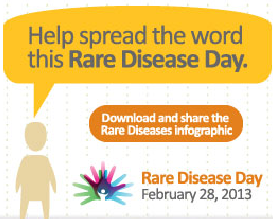Despite –or maybe because– I work in health care I’m reluctant to take prescription drugs when I have another choice. Benefits are touted –even when evidence is less dramatic– and side effects tend to be downplayed. It always surprises me when I find out just how many people take drugs for various conditions.
Despite –or maybe because– I work in health care I’m reluctant to take prescription drugs when I have another choice. Benefits are touted –even when evidence is less dramatic– and side effects tend to be downplayed. It always surprises me when I find out just how many people take drugs for various conditions.
I was surprised again today when I read about a Medco study indicting that 26 percent of US women took a drug for depression, anxiety or attention deficit disorder in 2010. That’s up from 22 percent in 2001. (For men the corresponding numbers are 15 percent in 2010 and 12 percent in 2001.)
It can’t really be the case that more than one in four women suffers from these disorders, can it? And even if so why are so many getting prescriptions when there are other treatments that don’t involve medication?
According to David Muzina of Medco’s Neuroscience Therapeutic Resource Center:
“These findings confirm that mental illness is a growing problem in the United States and that more patients are seeking needed therapy.”
Actually I don’t agree. The study confirms that more people are getting drugs for mental illness. It doesn’t confirm mental illness is a growing problem or that patients are getting needed therapy.
I’d like to hear from anyone with insight into what’s going on here.






